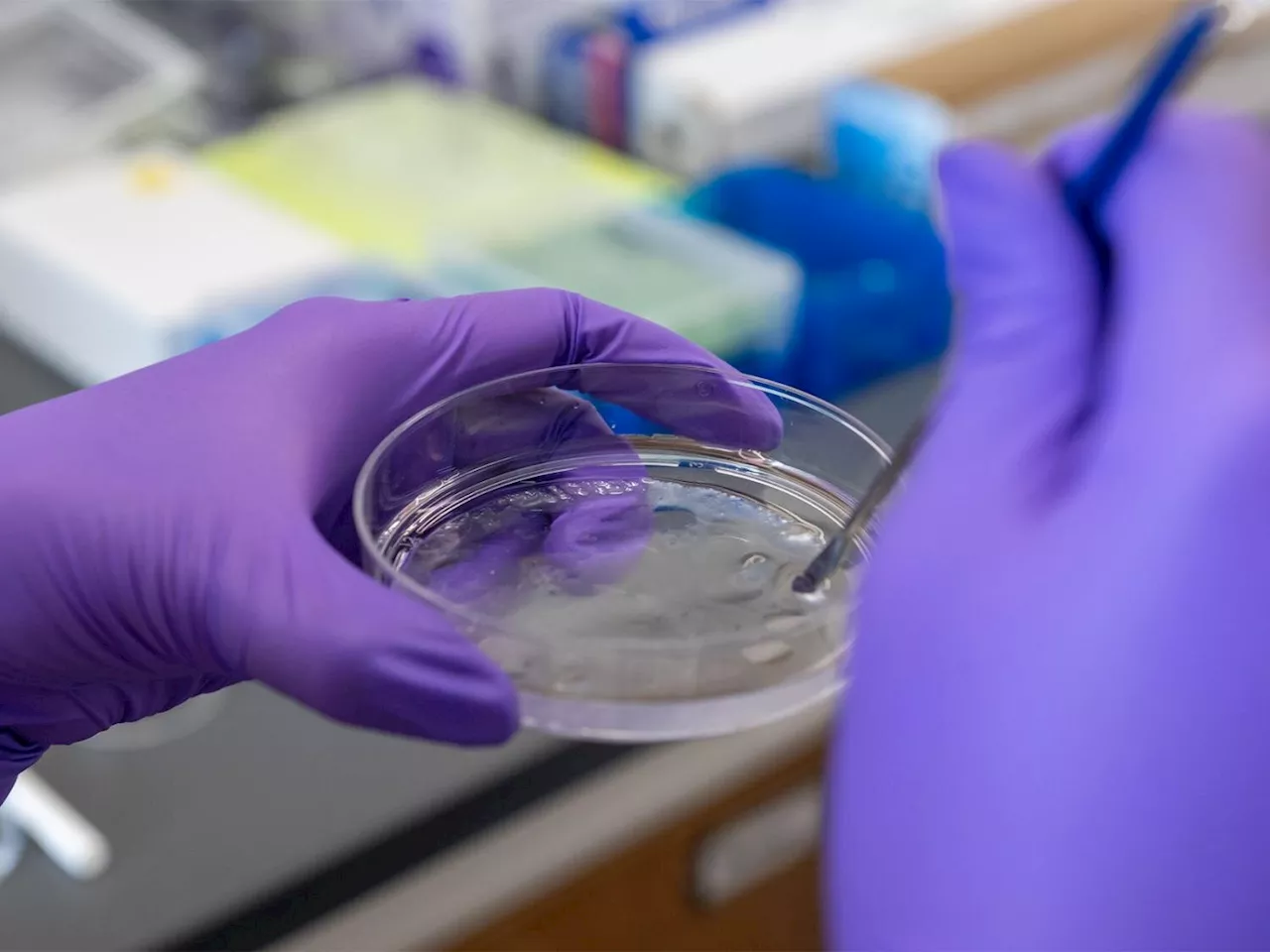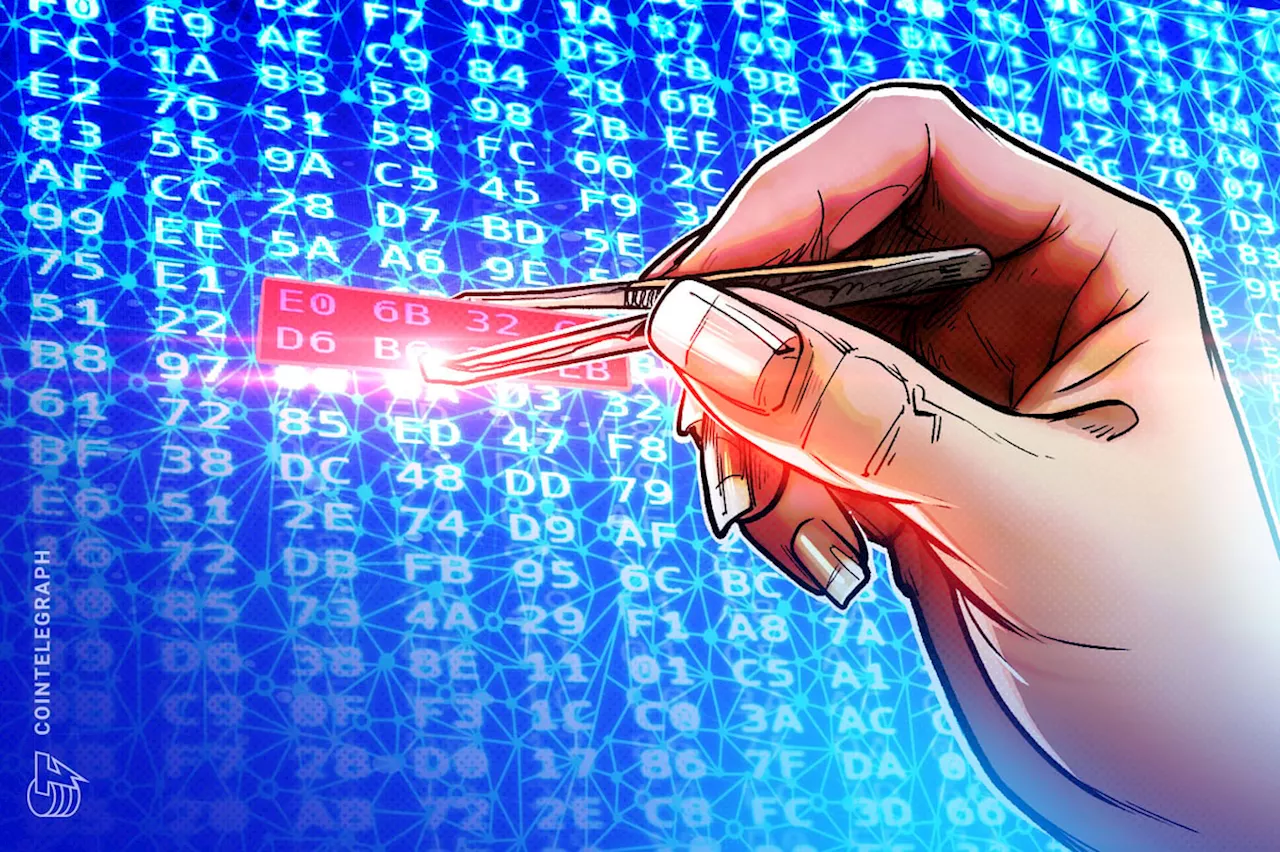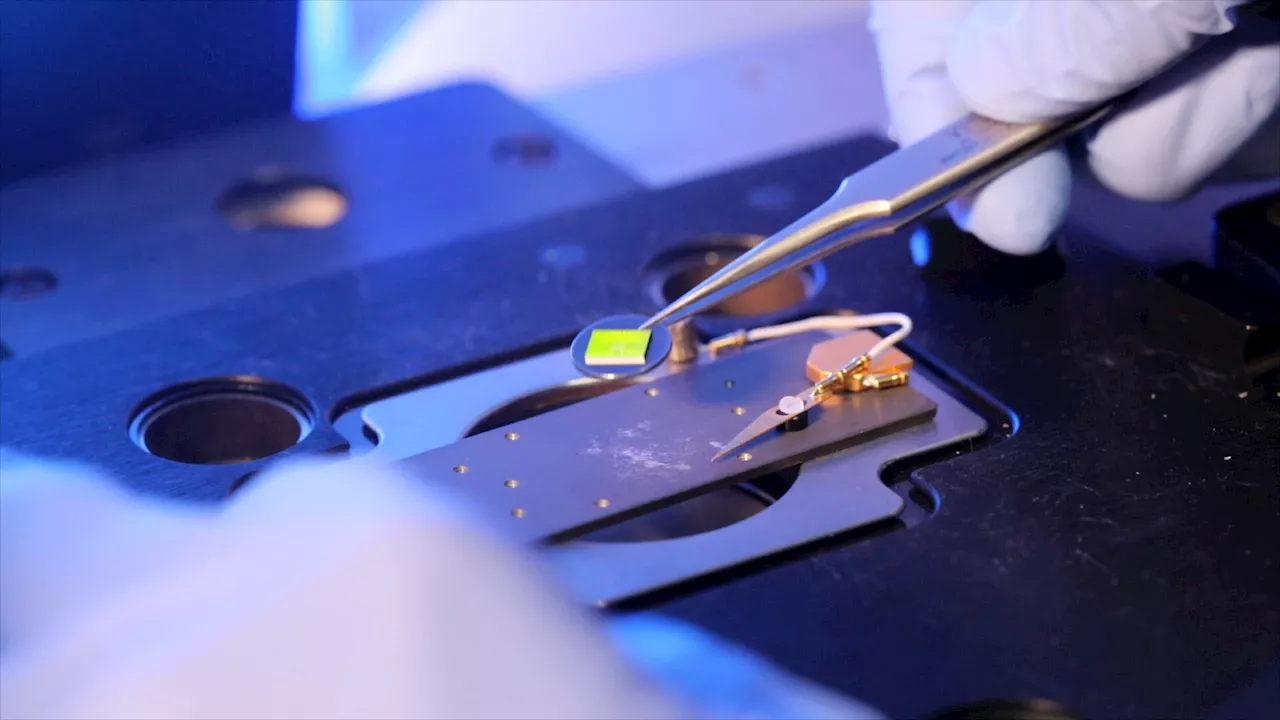A new method uses a hydrogel -- a polymer network that holds its shape and can expand when it takes in a large amount of water -- to retain 'high-affinity,' or well-fitting, aptamers while the rest of the aptamer candidates leave the gel in 60 hours.
One double-helix strand of DNA could extend six feet, but it is so tightly coiled that it packs an entire sequence of nucleotides into the tiny nucleus of a cell. If that same DNA was instead split into two strands and divided into many, many short pieces, it would become trillions of uniquely folded 3D molecular structures, capable of bonding to and possibly manipulating specifically shaped molecules -- if they're the perfect fit.
"The procedure of finding aptamers is frustrating to not only beginners but also experienced researchers -- like finding a needle in a haystack," Wang said."Many researchers are interested in using aptamers for their projects, but as it is very difficult to get them, they cannot test their ideas or explore novel applications.
The researchers created the porous hydrogel by freezing a pre-gelation solution mixed with acrylic acid, which would later chemically react to carboxyl groups in the polymer to form the embedded thrombin proteins, immobilized so as not to leave the hydrogel. Ice crystals also appeared during this"cryogelation" process, scattered throughout the PEG polymer network, eventually melting and creating the hydrogel's pores when it was brought to room temperature.
As a baseline test, the researchers developed a PEG hydrogel without the embedded thrombin and introduced the aptamer library, finding there were hardly any remaining aptamers in the gel after 60 hours. This indicated that the"background noise" from non-specific binding -- aptamer-to-hydrogel -- had dissipated, and it became the time cutoff the researchers used in their testing process.
Collaborators on this study also included co-first author Naveen Singh, formerly a postdoctoral researcher in the Penn State Department of Biomedical Engineering, now at the Indian Institute of Technology Delhi; as well as co-first author Yixun Wang, Connie Wen, Brandon Davis, Xuelin Wang and Kyungsene Lee, all Penn State biomedical engineering doctoral students.Chicago
México Últimas Noticias, México Titulares
Similar News:También puedes leer noticias similares a ésta que hemos recopilado de otras fuentes de noticias.
 Novel hydrogel finds new aptamers, or 'chemical antibodies,' in daysOne double-helix strand of DNA could extend six feet, but it is so tightly coiled that it packs an entire sequence of nucleotides into the tiny nucleus of a cell.
Novel hydrogel finds new aptamers, or 'chemical antibodies,' in daysOne double-helix strand of DNA could extend six feet, but it is so tightly coiled that it packs an entire sequence of nucleotides into the tiny nucleus of a cell.
Leer más »
 How Teju Cole's new novel literally reframes the Black experienceTeju Cole has always played against the novel's plot conventions. In 'Tremors,' a Black art professor views the world through the lens of history.
How Teju Cole's new novel literally reframes the Black experienceTeju Cole has always played against the novel's plot conventions. In 'Tremors,' a Black art professor views the world through the lens of history.
Leer más »
 Harriet Tubman: Conductor On The Underground Railroad Graphic NovelJoe Illidge and Marcus Kwame Anderson are to adapt the late Ann Petry's Harriet Tubman: Conductor On The Underground Railroad, as a graphic novel, to be published by Tara Weikum at Harper Alley, in the winter of 2026.
Harriet Tubman: Conductor On The Underground Railroad Graphic NovelJoe Illidge and Marcus Kwame Anderson are to adapt the late Ann Petry's Harriet Tubman: Conductor On The Underground Railroad, as a graphic novel, to be published by Tara Weikum at Harper Alley, in the winter of 2026.
Leer más »
 EtherHiding: Hackers create novel way to hide malicious code in blockchainsCybersecurity firm Guardio has detailed a novel attack vector harnessing Binance smart contracts to host and hide malicious code.
EtherHiding: Hackers create novel way to hide malicious code in blockchainsCybersecurity firm Guardio has detailed a novel attack vector harnessing Binance smart contracts to host and hide malicious code.
Leer más »
 Book reviews: A new Hercule Poirot novel and other mysteriesThis is the second in the Christie Bookshop Mysteries by Colorado author Ann Claire.
Book reviews: A new Hercule Poirot novel and other mysteriesThis is the second in the Christie Bookshop Mysteries by Colorado author Ann Claire.
Leer más »
 Novel approach to advanced electronics, data storage with ferroelectricityNew research from Flinders University and UNSW Sydney, published in the ACS Nano journal, explores switchable polarization in a new class of silicon compatible metal oxides and paves the way for the development of advanced devices including high-density data storage, ultra low energy electronics, flexible energy harvesting and wearable devices.
Novel approach to advanced electronics, data storage with ferroelectricityNew research from Flinders University and UNSW Sydney, published in the ACS Nano journal, explores switchable polarization in a new class of silicon compatible metal oxides and paves the way for the development of advanced devices including high-density data storage, ultra low energy electronics, flexible energy harvesting and wearable devices.
Leer más »
